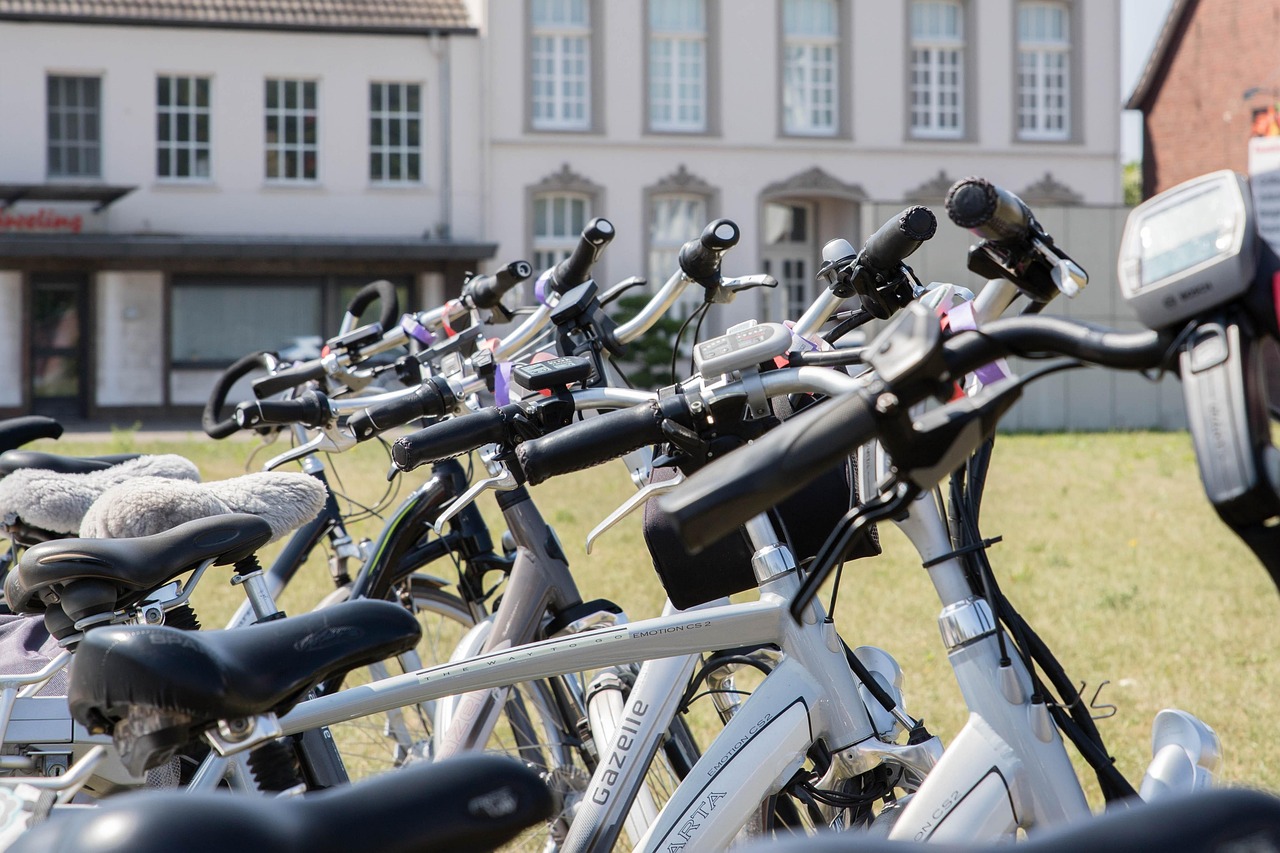Electric scooter bikes have become an increasingly popular choice for urban commuters, offering a blend of mobility, convenience, and sustainability. These innovative vehicles are designed to navigate the bustling city streets with ease, making them an ideal solution for modern transportation challenges.
1. What is an Electric Scooter Bike?
Electric scooter bikes are a fusion of traditional bicycles and electric motors, providing an efficient mode of transport tailored for urban environments. They allow riders to cover distances quickly while minimizing their environmental impact.
2. Key Features of Electric Scooter Bikes
- Battery Life and Range: The distance an electric scooter bike can cover largely depends on its battery capacity. Most models range from 20 to 50 miles on a single charge, making them suitable for daily commutes.
- Motor Power and Speed: Typically ranging from 250W to 750W, the motor power significantly influences the scooter’s speed and acceleration, ensuring a smooth ride even on inclines.
3. Safety Features to Consider
- Braking Systems: Advanced braking systems, including disc and regenerative brakes, enhance rider safety by providing reliable stopping power.
- Visibility: Many electric scooter bikes come equipped with built-in lights and reflectors, ensuring visibility during nighttime rides.
4. Environmental Benefits
Electric scooter bikes contribute to reducing carbon emissions, playing a crucial role in promoting sustainable urban mobility. They offer a cleaner alternative for short-distance travel, helping to alleviate traffic congestion.
5. Cost-Effectiveness
Investing in an electric scooter bike can lead to significant savings over time. With lower maintenance costs and no fuel expenses, riders can enjoy a budget-friendly commuting option without compromising on efficiency.
6. Choosing the Right Electric Scooter Bike
When selecting an electric scooter bike, consider factors such as your commuting distance, terrain, and personal preferences. Researching various models and brands can help you make an informed decision.
Conclusion: Embracing Electric Scooter Bikes
Electric scooter bikes represent a transformative shift in urban commuting, combining efficiency with eco-friendliness. By understanding their features and benefits, individuals can make informed choices that contribute to a more sustainable lifestyle.
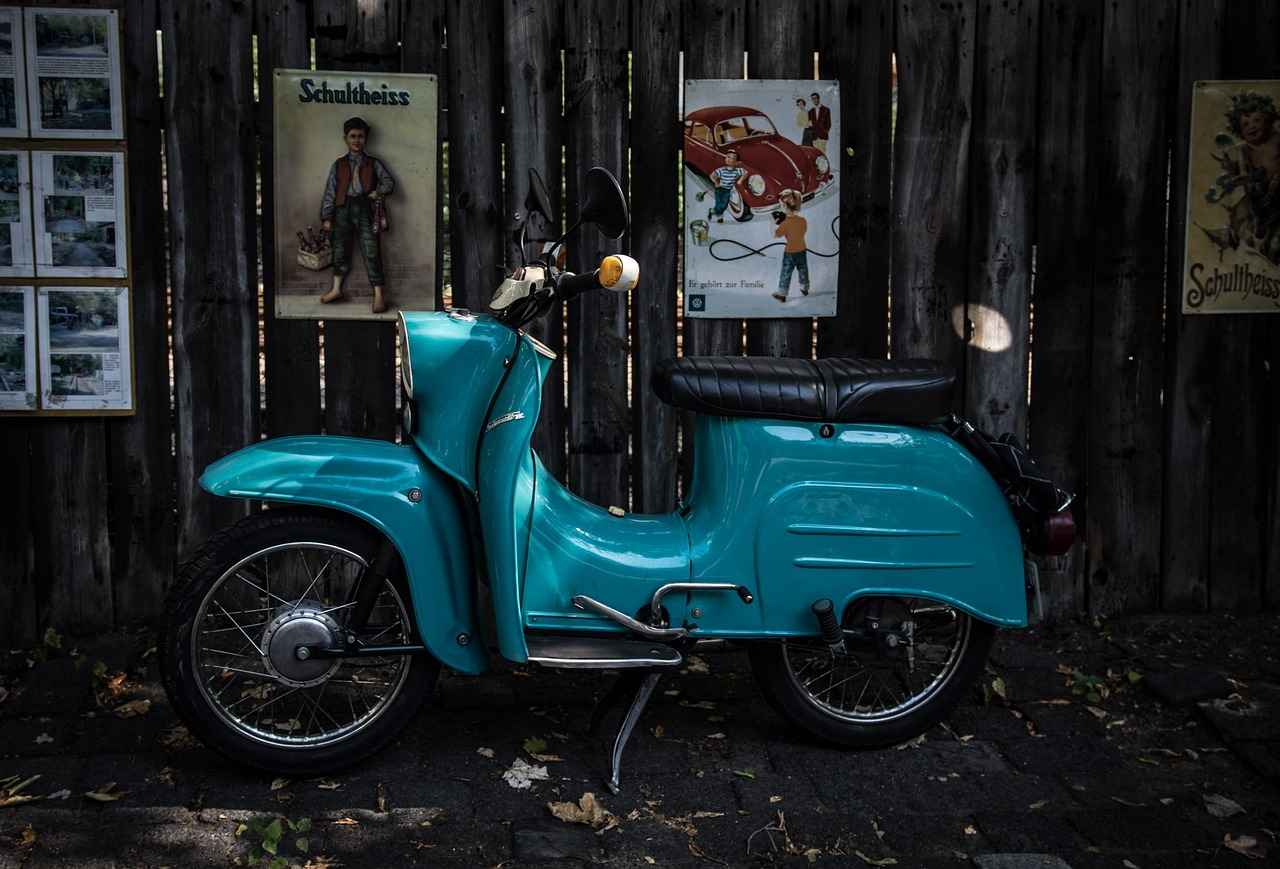
1. What is an Electric Scooter Bike?
Electric scooter bikes are revolutionizing the way we commute in urban environments. By merging the traditional bicycle’s convenience with the power of electric propulsion, these vehicles offer a unique and efficient mode of transport. They are specifically designed to cater to the needs of city dwellers, promoting not only speed but also sustainability.
In recent years, the demand for eco-friendly transportation options has surged, and electric scooter bikes have emerged as a leading choice. With their lightweight design and user-friendly operation, they provide an accessible alternative to cars and public transport.
One of the most significant advantages of electric scooter bikes is their ability to navigate through congested traffic, allowing riders to reach their destinations faster. Additionally, they contribute to reducing carbon emissions, making them an environmentally responsible choice for daily commutes.
Electric scooter bikes are equipped with various features that enhance the riding experience. For instance, many models come with powerful motors that can reach speeds of up to 28 mph, making them suitable for longer distances without the fatigue associated with traditional cycling. Furthermore, the battery capacity varies across models, with some offering a range of up to 50 miles on a single charge, ensuring that riders can travel further without the hassle of frequent recharging.
These bikes also prioritize safety, often including features like integrated lights, reflectors, and advanced braking systems to ensure visibility and control on the road. Riders can commute with peace of mind, knowing they are equipped for various conditions.
In summary, electric scooter bikes represent a blend of convenience, speed, and sustainability, making them an ideal choice for urban commuting. As cities continue to evolve and adapt to the needs of their residents, the popularity of electric scooter bikes is likely to grow, paving the way for a cleaner and more efficient future.
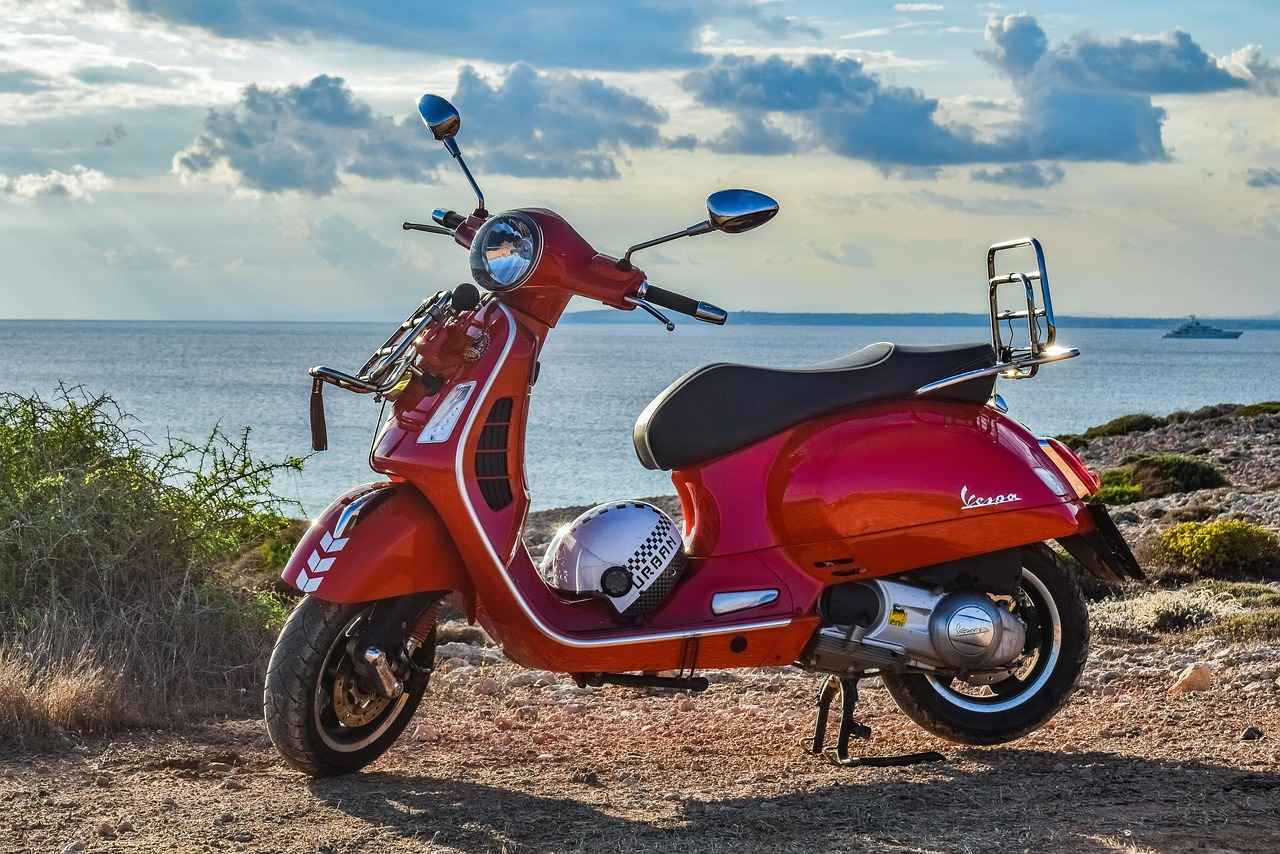
2. Key Features of Electric Scooter Bikes
Key Features of Electric Scooter Bikes are essential for anyone looking to select the perfect model for their commuting needs. Electric scooter bikes have gained immense popularity due to their blend of convenience, efficiency, and eco-friendliness. Understanding these key features can significantly impact your riding experience and satisfaction.
- Battery Capacity: The battery capacity of an electric scooter bike determines its range and how long you can ride before needing a recharge. Most scooters come equipped with lithium-ion batteries, known for their durability and efficiency.
- Motor Power: The motor power, typically ranging from 250W to 750W, influences the speed and acceleration of the scooter. A more powerful motor can handle inclines and provide a smoother ride.
- Design Elements: Features such as frame design, weight, and handlebar height contribute to the overall riding experience. A well-designed scooter ensures comfort and ease of use, making it suitable for daily commutes.
- Braking Systems: Safety is paramount, and the type of braking system (disc brakes, drum brakes, or regenerative brakes) can enhance stopping power and rider confidence.
- Weight and Portability: The weight of the scooter affects its portability. Lightweight models are easier to carry and store, making them ideal for commuters who need to navigate public transport.
- Smart Features: Many modern electric scooter bikes come with smart technology, such as app connectivity, GPS tracking, and anti-theft systems, adding an extra layer of convenience and security.
In conclusion, understanding these key features of electric scooter bikes is crucial for making an informed decision. Whether you prioritize battery life, motor power, or design, each aspect plays a vital role in enhancing your commuting experience. By taking the time to evaluate these features, you can select a model that meets your specific needs and lifestyle.
2.1 Battery Life and Range
Battery life is a crucial aspect when considering an electric scooter bike, as it directly influences the distance you can travel on a single charge. The range of electric scooters varies significantly across different models, primarily depending on the battery capacity, rider weight, terrain, and riding conditions.
Most electric scooter bikes are equipped with lithium-ion batteries, which are known for their efficiency and longevity. These batteries typically range from 36V to 48V, with capacities measured in amp-hours (Ah). A higher capacity means a longer range, allowing riders to travel further without needing to recharge. For instance, a scooter with a 48V 15Ah battery can offer a range of up to 40 miles under optimal conditions.
However, various factors can affect this range:
- Rider Weight: Heavier riders may experience a reduced range due to increased energy consumption.
- Terrain: Riding uphill or on rough terrain can drain the battery more quickly than riding on flat, smooth surfaces.
- Speed: Higher speeds generally consume more power, impacting overall range.
- Weather Conditions: Cold temperatures can adversely affect battery performance, reducing the effective range.
Charging time is another essential consideration. Most electric scooters take between 4 to 8 hours to fully charge, but some models offer fast charging options that can reduce this time significantly. Knowing the charging time can help you plan your daily commuting schedule more effectively.
In conclusion, understanding the battery life and range of electric scooter bikes is vital for making an informed decision. By considering factors such as battery capacity, rider weight, and terrain, you can select a model that best fits your commuting needs and lifestyle.
2.1.1 Types of Batteries
Understanding the Types of Batteries for Electric Scooter Bikes
When it comes to electric scooter bikes, the battery is one of the most critical components, influencing performance and usability. The most common type of battery used in these scooters is the lithium-ion battery, which is renowned for its efficiency, lightweight nature, and longevity. However, there are various types of batteries available, each with its unique advantages and disadvantages. Below, we explore the different types of batteries used in electric scooter bikes.
| Battery Type | Advantages | Disadvantages |
|---|---|---|
| Lithium-Ion | High energy density, longer lifespan, lightweight, fast charging | Higher initial cost, sensitive to temperature extremes |
| Lead-Acid | Lower cost, widely available, reliable performance | Heavier, shorter lifespan, longer charging time |
| Nickel-Metal Hydride (NiMH) | Good energy density, less environmental impact than lead-acid | Heavier than lithium-ion, less efficient |
| Solid-State Batteries | Higher safety, longer lifespan, better performance in extreme temperatures | Currently in development, potentially higher costs |
Choosing the right battery type is essential for optimizing your electric scooter bike’s performance. Consider your commuting needs, such as distance and frequency of use, to determine which battery type aligns best with your lifestyle. For instance, if you prioritize lightweight and efficient energy, lithium-ion might be the best choice. Conversely, if budget constraints are a concern, lead-acid batteries may offer a more economical solution.
In summary, understanding the different types of batteries available for electric scooter bikes can significantly enhance your commuting experience. By selecting the appropriate battery type, you can ensure that your scooter meets your personal needs and preferences.
2.1.2 Charging Time
Charging Time: A Key Factor in Electric Scooter Bike Usage
When considering an electric scooter bike, understanding the charging time is crucial for optimizing your commuting experience. Charging times can significantly influence your daily routine, especially if you rely on your scooter for transportation to work or school.
Charging times can vary widely among different models. For instance, some scooters are equipped with advanced fast-charging technology, allowing them to recharge in as little as 2 to 4 hours. In contrast, standard models may require 6 to 8 hours for a full charge. This variation can impact your ability to use the scooter throughout the day, particularly if you have a busy schedule.
- Fast Charging Options: Many modern electric scooters now come with fast-charging capabilities. This feature is particularly beneficial for individuals who may need to recharge their scooter during the day between commutes.
- Battery Management Systems: Some scooters include intelligent battery management systems that optimize charging times and enhance battery longevity, ensuring you get the most out of each charge.
- Charging Infrastructure: As electric scooters gain popularity, many urban areas are beginning to implement dedicated charging stations, making it easier for riders to find convenient places to recharge.
It’s essential to consider your typical commuting distance when evaluating charging time. If your daily ride is relatively short, a model with a longer charging time may still suit your needs. However, for longer commutes or if you plan to use your scooter multiple times a day, opting for a model with fast charging capabilities could be a wise choice.
In conclusion, understanding the charging time of electric scooter bikes is vital for ensuring they fit seamlessly into your lifestyle. By selecting a model that meets your charging needs, you can enhance your commuting experience and enjoy the benefits of this eco-friendly mode of transport.
2.2 Motor Power and Speed
The motor power of electric scooter bikes is a crucial factor that significantly influences both speed and acceleration. Most electric scooter models are equipped with motors ranging from 250W to 750W, which strikes a balance between efficiency and performance, particularly for urban commuting.
Higher motor power allows for quicker acceleration, making it easier to navigate through busy streets and traffic. For instance, scooters with a motor power of 500W or more can reach speeds of up to 28 mph, which is beneficial for commuters looking to save time. Conversely, models with lower wattage, such as 250W, are more suited for leisurely rides and shorter distances, providing sufficient speed for casual commuting.
Additionally, the choice of motor power can affect the overall riding experience. A more powerful motor can handle inclines better, making it easier to climb hills and navigate uneven terrain. This feature is particularly advantageous for urban areas that may have varying elevations.
| Motor Power (W) | Max Speed (mph) | Best Use Case |
|---|---|---|
| 250W | 15-20 | Short distances, flat terrain |
| 500W | 20-28 | Urban commuting, moderate hills |
| 750W | 28+ | Long distances, steep inclines |
When selecting an electric scooter bike, it is essential to consider your specific commuting needs and the terrain you will encounter. A higher motor power may come with increased battery consumption, so understanding the trade-offs between speed and efficiency is vital for making an informed decision.
In conclusion, the motor power of electric scooter bikes plays a pivotal role in determining speed and acceleration. By understanding the specifications and capabilities of different models, riders can choose the best scooter that aligns with their commuting requirements.
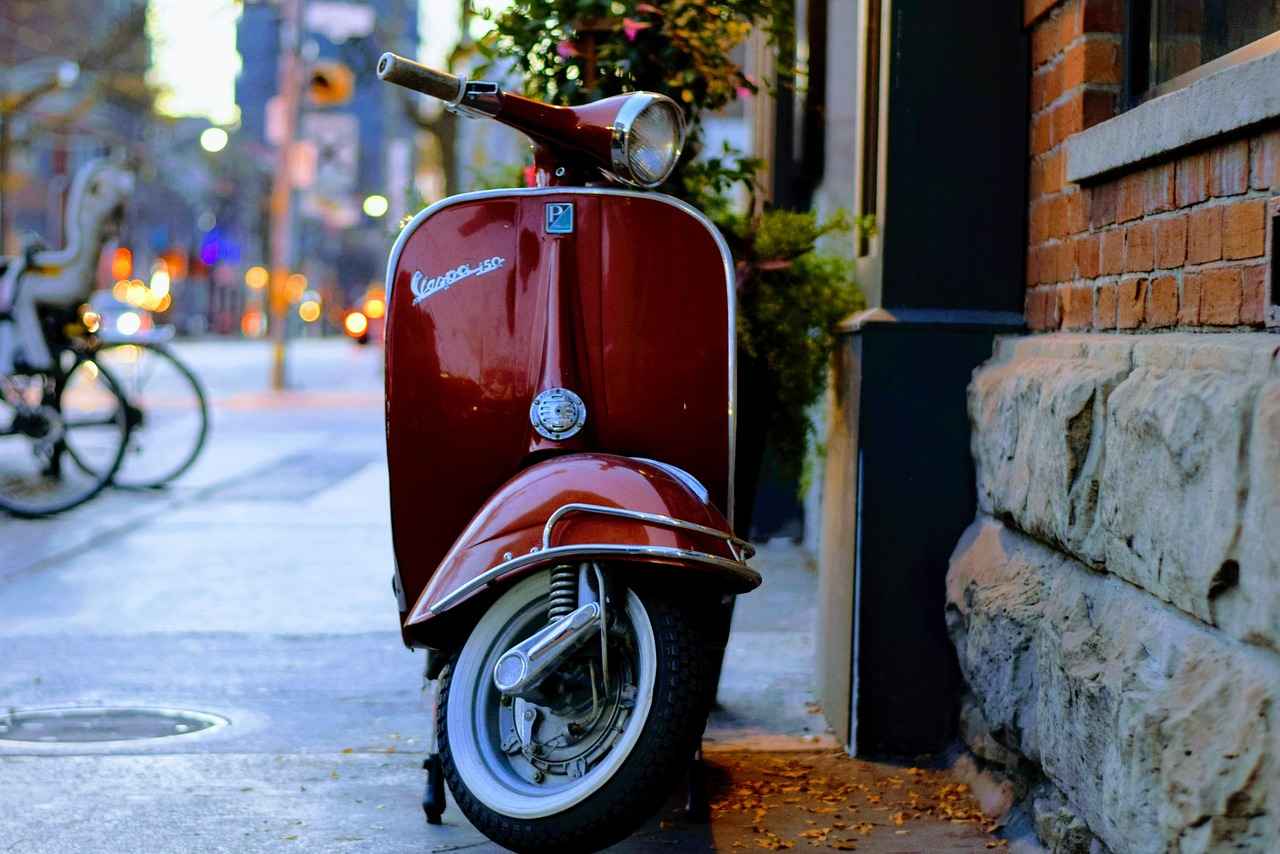
3. Safety Features to Consider
Safety is paramount when commuting on electric scooter bikes. As urban environments become increasingly congested, understanding the essential safety features can help ensure a secure riding experience. Riders can enjoy their journeys while minimizing risks by prioritizing safety.
When considering electric scooter bikes, it’s crucial to evaluate several safety features that can significantly enhance your riding experience. Below are some key aspects to keep in mind:
- Braking Systems: The braking system is one of the most critical safety features. Electric scooter bikes come equipped with various types of brakes, including disc brakes and regenerative brakes. Disc brakes offer superior stopping power, especially in wet conditions, while regenerative brakes help recharge the battery while slowing down.
- Lights and Reflectors: Visibility is essential for safety, particularly during nighttime rides. Many electric scooter bikes include built-in LED lights and reflectors to enhance visibility. Ensuring that your scooter has adequate lighting can significantly reduce the risk of accidents.
- Stability Features: A stable ride is crucial for safety. Look for electric scooter bikes with features such as wider wheels and a lower center of gravity, which can improve stability, especially when navigating uneven terrain.
- Safety Gear: In addition to the scooter’s built-in features, wearing appropriate safety gear is vital. A good-quality helmet, knee pads, and elbow pads can provide extra protection in case of falls or accidents.
- Speed Limiting: Some electric scooters come with speed limiters that can help control the maximum speed. This feature is particularly useful for novice riders or in crowded areas, ensuring a safer commuting experience.
By understanding and utilizing these safety features, riders can significantly enhance their commuting experience on electric scooter bikes. Prioritizing safety not only protects the rider but also contributes to a safer environment for all road users.
3.1 Braking Systems
When it comes to electric scooter bikes, braking systems are a critical feature that directly impacts safety and performance. Understanding the different types of braking systems available can help you make an informed decision when selecting your electric scooter bike.
| Braking System Type | Description | Pros | Cons |
|---|---|---|---|
| Disc Brakes | Disc brakes use a rotor and caliper to provide strong stopping power. |
|
|
| Regenerative Brakes | Regenerative brakes convert kinetic energy back into stored energy in the battery. |
|
|
| Drum Brakes | Drum brakes use a drum and brake shoes to create friction for stopping. |
|
|
Choosing the right braking system is essential for enhancing your stopping power and overall safety. For instance, if you frequently ride in wet conditions, opting for disc brakes may be beneficial due to their superior performance. Conversely, if you are looking for a more energy-efficient option, regenerative brakes can help extend your range while commuting.
Ultimately, the right braking system depends on your personal riding style and the conditions in which you typically ride. Consider your priorities—whether it’s performance, maintenance, or cost—when making your choice.
3.2 Lights and Reflectors
Lights and Reflectors: Enhancing Safety on Electric Scooter Bikes
When it comes to commuting on electric scooter bikes, visibility is a key factor that can significantly impact safety, especially during nighttime rides. Many riders underestimate the importance of being seen by other road users, which can lead to accidents and injuries.
To combat these risks, most modern electric scooter bikes are equipped with built-in lights and reflectors. These features are not just optional; they are essential for ensuring that riders remain visible in low-light conditions. Let’s delve into how these components work and their importance.
| Feature | Description |
|---|---|
| Front Lights | Illuminate the path ahead, allowing riders to see obstacles and navigate safely. |
| Rear Lights | Alert other road users to the presence of the scooter, especially in traffic. |
| Reflectors | Enhance visibility by reflecting light from vehicles, making the scooter more noticeable. |
In addition to these features, riders can also enhance their safety by wearing reflective clothing and using additional accessories such as helmets with lights or clip-on reflectors. This multi-layered approach to visibility can greatly reduce the risk of accidents.
Moreover, many cities are now implementing regulations that require electric scooters to have specific lighting features. Understanding these laws is crucial for compliance and safety. Riders should always check local regulations to ensure their scooter meets the necessary standards.
In conclusion, investing in an electric scooter bike equipped with reliable lights and reflectors is not just about convenience; it is a crucial step towards ensuring personal safety. By prioritizing visibility, riders can enjoy their commutes with greater peace of mind.
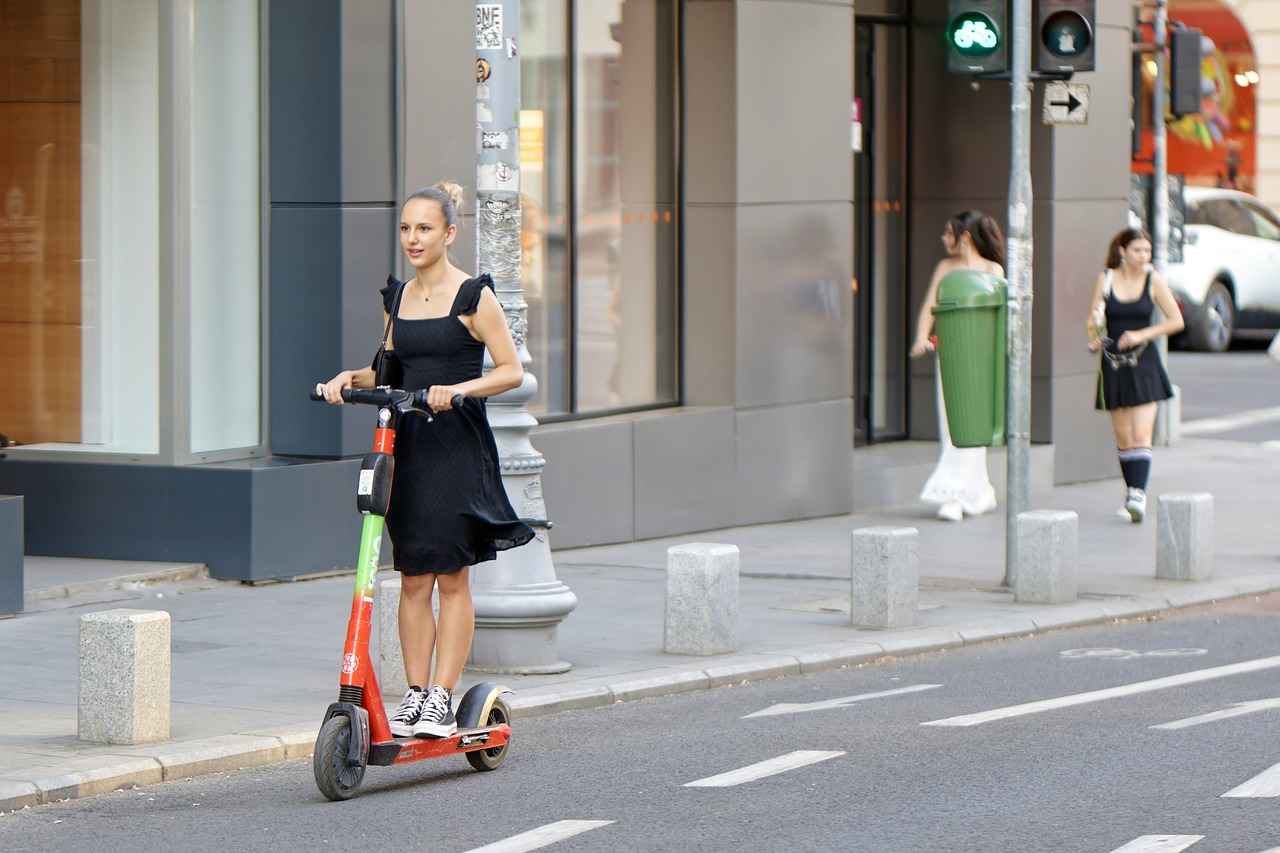
4. Environmental Benefits of Electric Scooter Bikes
Electric scooter bikes have emerged as a revolutionary mode of transportation, particularly in urban areas. Their popularity is largely due to their environmental benefits, which play a vital role in promoting sustainable commuting practices. Understanding these benefits can not only enhance individual choices but also contribute to broader societal changes.
Electric scooter bikes are increasingly recognized for their ability to significantly reduce carbon emissions and alleviate traffic congestion. By offering an eco-friendly alternative to traditional vehicles, they encourage more individuals to consider sustainable modes of transport.
One of the most compelling advantages of electric scooter bikes is their reduced carbon footprint. Unlike gasoline-powered vehicles, electric scooters produce zero tailpipe emissions. This is particularly beneficial in urban environments, where air quality is often compromised. By opting for electric scooters, riders can contribute to cleaner air and a healthier planet.
Electric scooter bikes also play a crucial role in promoting sustainable urban mobility. They help reduce the number of cars on the road, which in turn decreases traffic congestion. This not only leads to shorter commute times but also reduces the overall wear and tear on urban infrastructure. Furthermore, by integrating electric scooters into public transportation systems, cities can create a more cohesive and efficient transit network.
Electric scooters are typically much more energy-efficient than traditional vehicles. They convert a higher percentage of electrical energy from the grid to power at the wheels, making them a more sustainable option for daily commutes. This efficiency translates to lower energy consumption and, subsequently, a reduced impact on the environment.
Adopting electric scooter bikes encourages a culture of green practices among users. As more people choose eco-friendly transportation options, it fosters a community mindset that prioritizes sustainability. This shift can lead to increased support for policies promoting clean energy and environmental conservation.
In conclusion, the environmental benefits of electric scooter bikes are substantial. By significantly reducing carbon emissions, promoting sustainable urban mobility, and encouraging energy efficiency, they represent a vital step towards a more sustainable future. As urban areas continue to grow, embracing electric scooters can help create cleaner, more livable cities.
4.1 Reduced Carbon Footprint
In today’s world, the need for sustainable transportation has never been more critical. Electric scooter bikes have emerged as a beacon of hope in the fight against climate change. By utilizing electric power instead of fossil fuels, these scooters significantly reduce greenhouse gas emissions, making them an eco-friendly alternative for urban commuting.
When you opt for an electric scooter bike, you are choosing to minimize your carbon footprint. Traditional vehicles, such as cars and motorcycles, contribute heavily to air pollution and global warming. In contrast, electric scooters emit zero tailpipe emissions, which means they do not release harmful pollutants into the atmosphere. This is particularly important in densely populated urban areas where air quality is often compromised.
Furthermore, studies indicate that switching to electric scooters can lead to a substantial decrease in overall energy consumption. According to recent research, electric scooters consume significantly less energy per mile compared to cars. This efficiency translates into fewer resources being depleted and a smaller environmental impact.
Additionally, as cities invest in electric infrastructure, such as charging stations and designated scooter lanes, the convenience and accessibility of these bikes will continue to improve. This shift not only encourages more people to adopt electric scooters but also helps in reducing traffic congestion, which is another contributor to carbon emissions.
In conclusion, adopting electric scooter bikes is not just a personal choice; it is a collective step towards a sustainable future. By choosing this mode of transport, individuals can contribute to a cleaner environment and promote a healthier planet for future generations. Embracing electric scooters is a simple yet effective way to make a significant impact on reducing our carbon footprint.
4.2 Promoting Sustainable Urban Mobility
Promoting Sustainable Urban Mobility has become increasingly important in today’s fast-paced world. As cities expand and populations grow, the need for efficient, eco-friendly transportation options is more critical than ever. Electric scooter bikes are at the forefront of this movement, offering a practical solution that addresses various urban mobility challenges.
Electric scooter bikes serve as a versatile mode of transport that can easily navigate through congested city streets. They are not only compact and lightweight but also provide a quick way to travel short distances, making them an ideal choice for urban commuting. By integrating these scooters into daily routines, individuals can significantly reduce their reliance on traditional vehicles, which often contribute to traffic jams and air pollution.
- Reduction in Traffic Congestion: Electric scooter bikes can help alleviate the burden on urban roadways. With fewer cars on the road, traffic flow improves, leading to shorter travel times for everyone.
- Lower Carbon Emissions: By choosing electric scooters over gas-powered vehicles, commuters can drastically lower their carbon footprint. This shift contributes to cleaner air and a healthier environment.
- Encouragement of Active Lifestyles: Incorporating electric scooters into daily life promotes physical activity. Riders engage in movement while benefiting from the electric boost, making commuting more enjoyable.
Moreover, electric scooter bikes are often equipped with features that enhance their usability, such as smart technology that connects to mobile apps for navigation and tracking. This integration not only improves the riding experience but also encourages users to adopt sustainable commuting practices.
In conclusion, electric scooter bikes play a vital role in promoting sustainable urban mobility. Their ability to reduce traffic congestion, lower carbon emissions, and encourage active lifestyles makes them a crucial component of the future of urban transportation. As cities continue to evolve, embracing these innovative solutions will lead to a more sustainable and efficient urban environment.
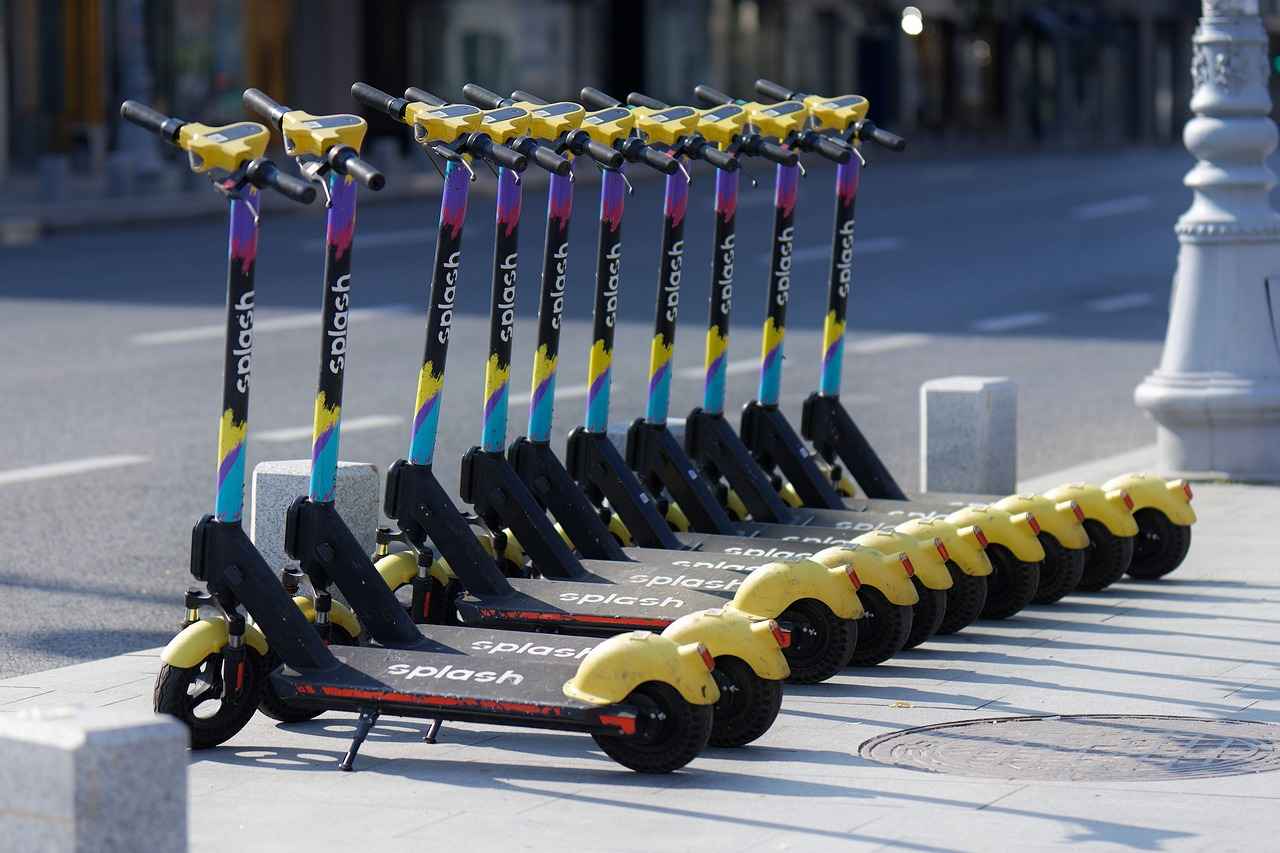
5. Cost-Effectiveness of Electric Scooter Bikes
Cost-Effectiveness of Electric Scooter Bikes
Investing in an electric scooter bike can be more cost-effective than traditional vehicles over time. The initial purchase price may seem daunting, but understanding the long-term financial benefits can significantly justify this investment.
| Cost Factors | Electric Scooter Bike | Traditional Vehicle |
|---|---|---|
| Initial Purchase Price | Varies from $300 to $2,000 | Starts around $15,000 |
| Fuel Costs | Electricity costs (approx. $0.03 per mile) | Gasoline costs (approx. $0.12 per mile) |
| Maintenance Costs | Low (mostly tire and battery maintenance) | High (oil changes, tire replacements, etc.) |
| Insurance | Minimal or none | Required and can be expensive |
One of the most significant advantages of electric scooter bikes is their maintenance costs. Unlike traditional vehicles, which require regular oil changes and extensive repairs, electric scooters typically need minimal upkeep. Most maintenance revolves around battery care and occasional tire checks, making them a budget-friendly option.
Additionally, the absence of fuel costs is a game-changer. Electric scooter bikes run on electricity, which is considerably cheaper than gasoline. This translates to substantial savings over time, especially for daily commuters.
Furthermore, electric scooters are often exempt from various fees associated with traditional vehicles, such as registration and insurance costs. This adds to their overall affordability and makes them an attractive option for those looking to save money while maintaining mobility.
In conclusion, when considering the cost-effectiveness of electric scooter bikes, it becomes clear that their long-term savings on fuel, maintenance, and insurance can outweigh the initial investment. By embracing this innovative mode of transport, riders can enjoy both financial benefits and a more sustainable lifestyle.
5.1 Maintenance Costs
Maintenance Costs of Electric Scooter Bikes
When considering the financial implications of owning an electric scooter bike, one of the most significant advantages is the reduced maintenance costs compared to traditional vehicles. This article will delve into the various aspects of maintenance that contribute to the overall affordability of electric scooter bikes.
1. Minimal Upkeep Requirements
Electric scooter bikes generally require less frequent maintenance than cars. The primary focus is on battery care and tire maintenance, which are relatively straightforward tasks. Unlike cars, which may need regular oil changes, brake checks, and other complex services, electric scooters simplify the process.
2. Battery Maintenance
- Battery Lifespan: Most electric scooter bikes use lithium-ion batteries, which can last several years with proper care.
- Charging Habits: It’s essential to follow recommended charging practices to prolong battery life, such as avoiding complete discharges and not overcharging.
3. Tire Maintenance
- Regular Inspections: Checking tire pressure and tread depth can help maintain optimal performance and safety.
- Puncture Repairs: Unlike cars, tire repairs on scooters are often simpler and less expensive.
4. Cost Comparison
| Maintenance Aspect | Electric Scooter Bike | Car |
|---|---|---|
| Oil Changes | N/A | Frequent |
| Brake Checks | Infrequent | Regular |
| Tire Replacements | Less frequent | More frequent |
In conclusion, the lower maintenance costs associated with electric scooter bikes make them an attractive option for commuters. With minimal upkeep requirements focusing on battery and tire care, riders can enjoy significant savings over time. By choosing an electric scooter bike, you not only contribute to a more sustainable mode of transport but also benefit from the financial advantages that come with reduced maintenance.
5.2 Fuel Savings
One of the most compelling advantages of using electric scooter bikes is the significant fuel savings they offer. In today’s world, where fuel prices are constantly fluctuating, switching to an electric scooter bike can be a game changer for commuters looking to cut down on transportation costs.
Unlike traditional vehicles that rely on gasoline or diesel, electric scooter bikes operate on electricity, which is generally much cheaper. Over time, the savings can add up considerably. For instance, a standard electric scooter can cost just a few cents to charge fully, allowing riders to travel several miles for the price of a cup of coffee.
Moreover, electric scooters are not only economical in terms of fueling but also require less maintenance compared to conventional vehicles. This is because they have fewer moving parts, which translates to lower repair costs and less frequent servicing. Riders can save money on oil changes, fuel filters, and other maintenance tasks that are typical for gas-powered vehicles.
Additionally, many cities offer incentives for electric vehicle users, such as tax breaks, rebates, or reduced registration fees. These incentives can further enhance the cost-effectiveness of owning an electric scooter bike.
In summary, the fuel savings associated with electric scooter bikes make them a budget-friendly commuting option. By eliminating the need for fuel and reducing maintenance costs, riders can enjoy a more economical and sustainable means of transportation.
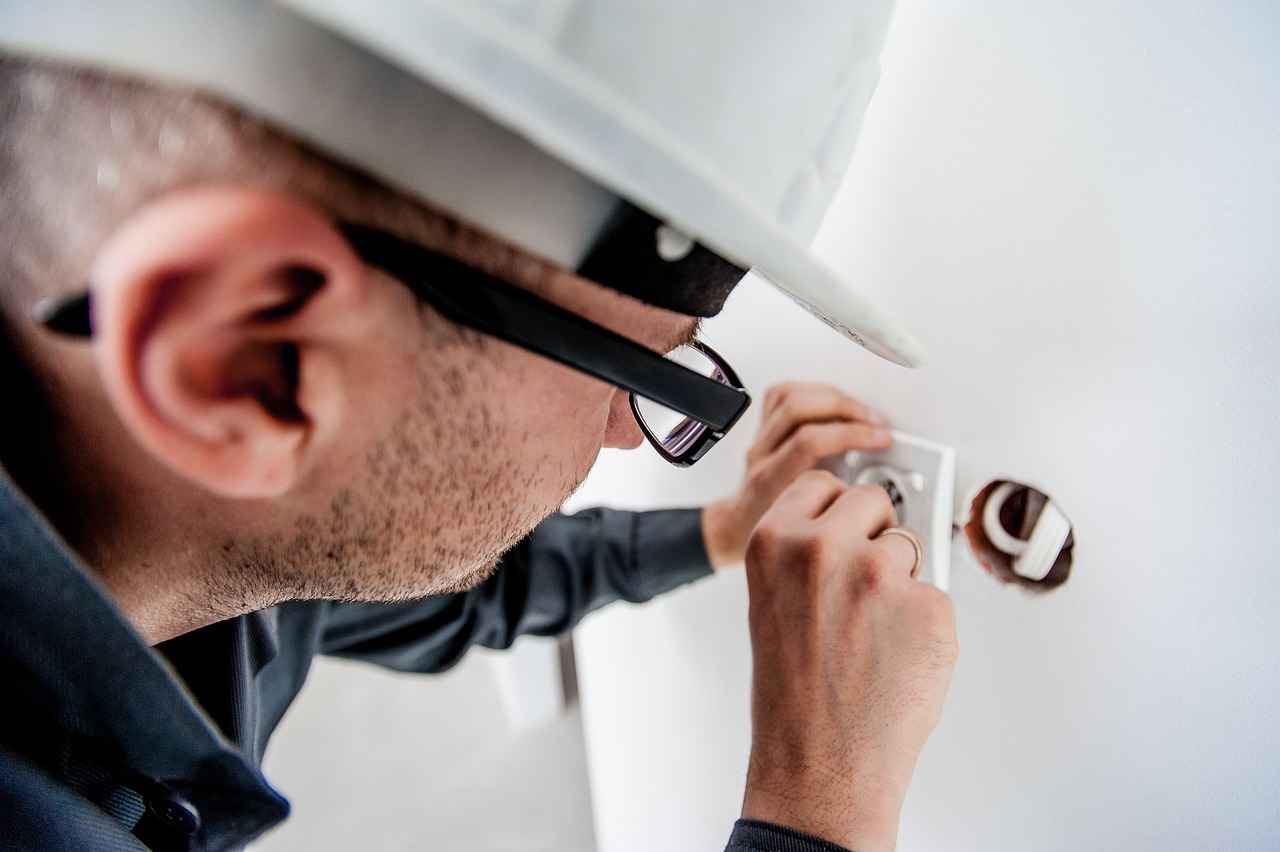
6. Choosing the Right Electric Scooter Bike for You
Choosing the Right Electric Scooter Bike for You is a crucial step in enhancing your commuting experience. Whether you’re a daily commuter or looking for an eco-friendly alternative for short trips, the right electric scooter bike can significantly impact your journey. Here, we delve into essential factors to consider when making this important decision.
- Personal Preferences: Your individual style and comfort play a vital role in selecting an electric scooter bike. Consider factors such as design, color, and additional features that resonate with your personality.
- Commuting Distance: Evaluate how far you need to travel daily. If your commute is longer, you might prioritize models with higher battery capacity and range to avoid frequent recharging.
- Terrain: The type of terrain you’ll be riding on is essential. For hilly areas, opt for bikes with more powerful motors to ensure a smooth ride.
- Budget Constraints: Establishing a budget is crucial. Electric scooter bikes vary widely in price, so determine what you are willing to spend while considering long-term savings on fuel and maintenance.
Additionally, it’s important to compare different brands and models. Research user reviews and expert recommendations to gauge performance, reliability, and customer support. This information can help you make a more informed decision.
Lastly, don’t forget to take the scooter for a test ride. This experience will allow you to assess comfort, handling, and overall fit. By paying attention to these factors, you can ensure that your electric scooter bike is a perfect match for your commuting needs.
Conclusion: Selecting the right electric scooter bike involves careful consideration of personal preferences, commuting distance, terrain, and budget. By evaluating these factors and conducting thorough research, you can find a model that enhances your commuting experience while promoting sustainability.
6.1 Assessing Your Commuting Needs
Assessing Your Commuting Needs is a crucial step in selecting the perfect electric scooter bike. By understanding your unique requirements, you can make an informed decision that enhances your daily travel experience. Here are several factors to consider:
- Distance: Evaluate the distance you travel daily. If your commute is short, a scooter with a lower battery range may suffice. However, for longer distances, opt for models with extended battery life.
- Terrain: Consider the type of terrain you will be navigating. If your route includes steep hills or rough surfaces, look for scooters with higher motor power and robust suspension systems to ensure a smooth ride.
- Frequency of Use: How often will you use the scooter? If you plan to ride daily, investing in a more durable and feature-rich model may be worthwhile. Frequent riders should also prioritize battery life and charging time.
- Weather Conditions: Think about the typical weather in your area. If you often face rain or snow, choose a scooter with weather-resistant features and appropriate tires for better traction and safety.
- Storage and Portability: Assess your storage options. If you need to carry your scooter on public transport or store it in a small space, consider foldable models that are lightweight and easy to transport.
By taking the time to analyze these factors, you can find an electric scooter bike that aligns perfectly with your commuting needs. This thoughtful approach not only enhances your riding experience but also contributes to a more sustainable lifestyle.
In conclusion, understanding your commuting requirements is essential for making the right choice. A well-suited electric scooter bike can significantly improve your daily travel, making it more efficient and enjoyable.
6.2 Comparing Brands and Models
Comparing Brands and Models is a critical step in selecting the right electric scooter bike for your commuting needs. With a myriad of options available on the market, understanding the differences between various brands and models can significantly impact your purchase decision. This article will guide you through essential aspects to consider when comparing electric scooter bikes.
When evaluating electric scooter bikes, consider the following factors:
- Performance: Look at the motor power, battery life, and speed capabilities of different models. A scooter with a powerful motor can handle steep hills and rough terrains more efficiently.
- Design: The design elements, including weight, frame material, and foldability, can affect portability and ease of use. Lightweight models are generally easier to carry and store.
- Price: Compare the prices of various brands and models. While it’s tempting to opt for the cheapest option, consider the long-term value based on features and durability.
- Brand Reputation: Research the reputation of the brands you are considering. Established brands often have a history of reliability and customer satisfaction.
- User Reviews: Read user reviews and testimonials to gain insights into the real-world performance of the models you are interested in. Look for feedback on aspects such as comfort, ease of use, and maintenance requirements.
- Warranty and Support: Check the warranty offered by the manufacturer and the availability of customer support. A good warranty can provide peace of mind regarding your investment.
By thoroughly comparing these aspects, you can make an informed decision and choose an electric scooter bike that best fits your commuting lifestyle.
In conclusion, taking the time to compare brands and models is essential for ensuring that your investment in an electric scooter bike pays off in terms of performance, reliability, and satisfaction. Equip yourself with the right knowledge and make a choice that enhances your commuting experience.
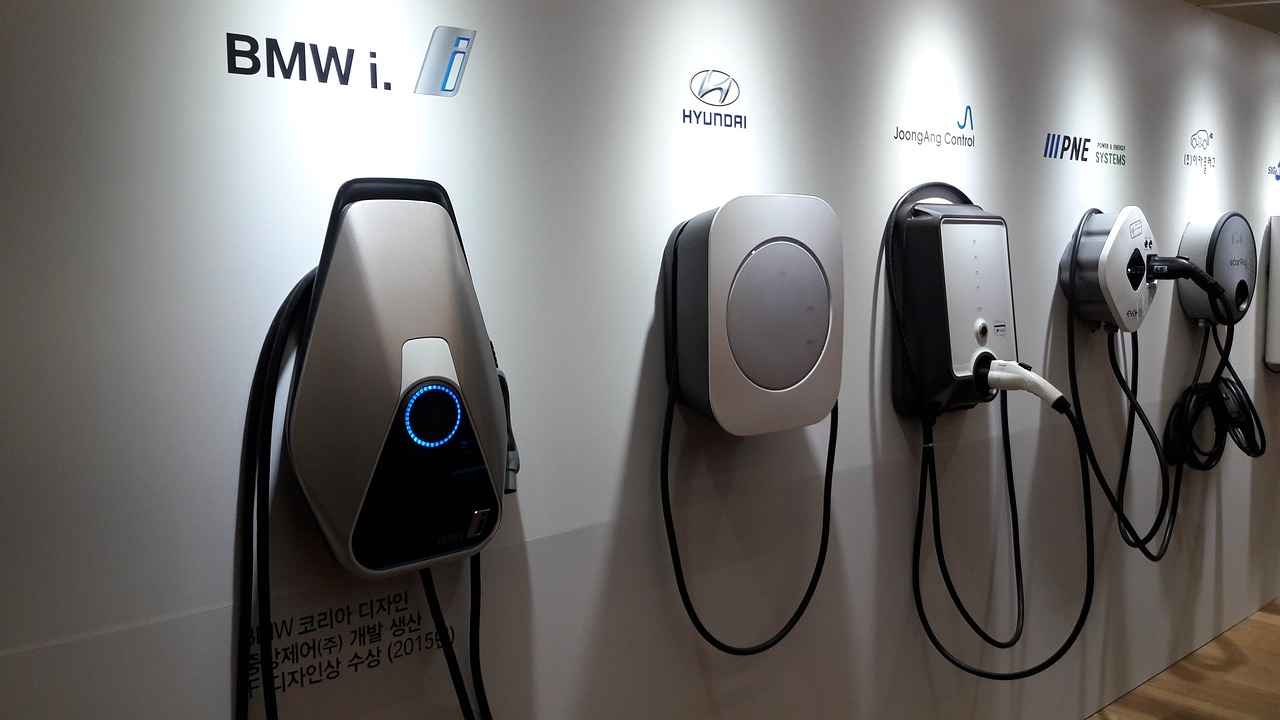
7. Electric Scooter Bike Regulations and Laws
Understanding the legal landscape surrounding electric scooter bikes is essential for safe and responsible commuting. As these vehicles become increasingly popular in urban areas, it is crucial for riders to familiarize themselves with local regulations to ensure compliance and avoid potential fines.
Regulations regarding electric scooter bikes can vary significantly from one region to another. Therefore, it is important to research the specific laws applicable in your area. Here are some key aspects to consider:
- Licensing and Registration: In some jurisdictions, electric scooter bikes may require licensing or registration. This may include obtaining a specific permit or registering the scooter with local authorities.
- Age Restrictions: Many regions impose age restrictions on riders. Ensure you are aware of the minimum age requirement to legally operate an electric scooter bike.
- Speed Limits: Electric scooter bikes often have speed limits set by local laws, usually ranging from 15 to 20 mph. Adhering to these limits is crucial for safety and legal compliance.
- Where to Ride: Certain areas may prohibit electric scooter bikes from being used on sidewalks, while others may have designated lanes. Knowing where you can ride legally can enhance your safety and the safety of pedestrians.
- Helmet Laws: Some regions mandate the use of helmets for electric scooter bike riders. Wearing a helmet is not only a legal requirement in some areas but also a critical safety measure.
Additionally, it’s important to practice riding etiquette. This includes following traffic signals, yielding to pedestrians, and being courteous to other road users. Being informed about the laws and practicing safe riding can contribute significantly to a positive commuting experience.
In conclusion, understanding electric scooter bike regulations is not just about avoiding fines; it’s about ensuring a safe and enjoyable riding experience. By staying informed and compliant, riders can contribute to a safer environment for everyone on the roads.
7.1 Licensing and Registration
Licensing and Registration for Electric Scooter Bikes: What You Need to Know
As electric scooter bikes gain popularity as a convenient mode of transportation, understanding the licensing and registration requirements in your area is crucial. Different regions have varying laws, and being informed can help you navigate the legal landscape effectively.
1. Importance of Knowing Local Laws
Before hitting the road, it is essential to familiarize yourself with your local laws regarding electric scooter bikes. This knowledge can prevent potential fines and ensure a smooth commuting experience. In some areas, failure to comply with regulations can lead to legal issues, making it imperative to stay informed.
2. Licensing Requirements
- Age Restrictions: Many regions impose age restrictions for riders. Check your local laws to determine the minimum age required to legally operate an electric scooter bike.
- Licensing: Some jurisdictions may require riders to obtain a specific license or permit to operate electric scooter bikes. Ensure you understand the application process and any fees involved.
3. Registration Guidelines
- Vehicle Registration: In certain areas, you may be required to register your electric scooter bike with local authorities. This process often involves providing details about the bike, including its make, model, and serial number.
- Insurance: While not universally required, some regions recommend or mandate insurance coverage for electric scooter bikes. Investigate your local laws to determine if insurance is necessary.
4. Staying Informed
As regulations can change, it is essential to stay updated on any amendments to local laws regarding electric scooter bikes. Regularly check with local transportation authorities or government websites for the latest information.
Conclusion
Understanding the licensing and registration requirements for electric scooter bikes is vital for safe and legal commuting. By staying informed and compliant with local laws, riders can enjoy the benefits of this eco-friendly mode of transportation without the worry of legal repercussions.
7.2 Riding Etiquette
Riding Etiquette: A Key Component for Safe Commuting
Practicing proper riding etiquette is essential for ensuring safe commuting on electric scooter bikes. Understanding the rules of the road and being courteous to other road users can significantly enhance overall safety and promote a harmonious environment for all. Below are some important aspects to consider when it comes to riding etiquette.
| Etiquette Practices | Description |
|---|---|
| Signal Your Intentions | Always use hand signals to indicate turns or stops. This helps other road users anticipate your actions and enhances safety. |
| Respect Traffic Rules | Obey all traffic signals and signs, just as you would in a car. This includes stopping at red lights and yielding to pedestrians. |
| Maintain a Safe Distance | Keep a safe distance from other vehicles and pedestrians. This allows you to react quickly to sudden changes in traffic conditions. |
| Be Aware of Your Surroundings | Stay alert and be mindful of other road users, including cyclists, pedestrians, and vehicles. Awareness can prevent accidents. |
| Use Bike Lanes When Available | Whenever possible, ride in designated bike lanes to ensure your safety and the safety of others. |
In addition to these practices, it’s important to be courteous to fellow commuters. Simple gestures, such as thanking someone for yielding or acknowledging their presence, can foster a positive atmosphere on the road. Remember that kindness goes a long way in creating a safe and enjoyable commuting experience.
In conclusion, adhering to proper riding etiquette is not just about following rules; it’s about creating a culture of safety and respect on the road. By being mindful of your actions and considerate of others, you contribute to a safer commuting environment for everyone.
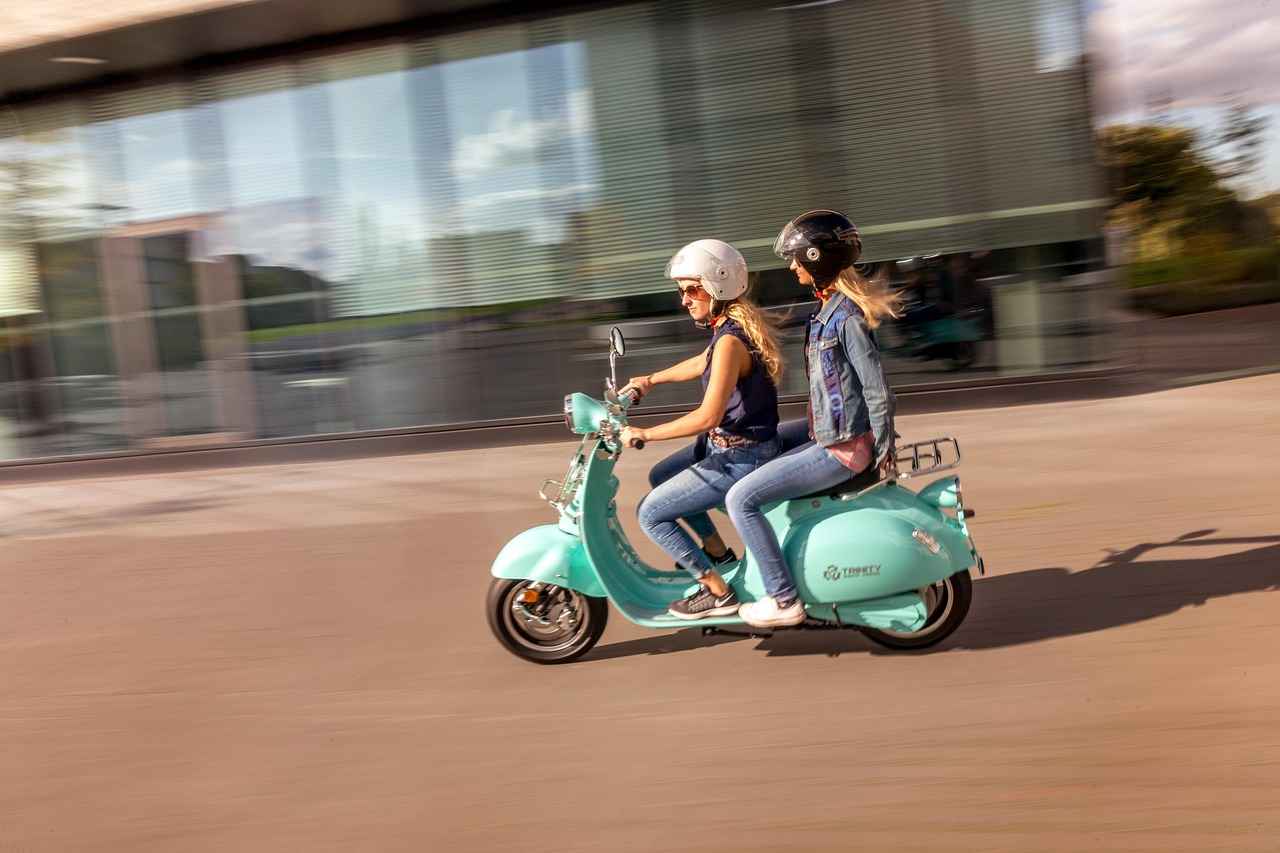
8. The Future of Electric Scooter Bikes
The Future of Electric Scooter Bikes is an exciting topic as advancements in technology and urbanization continue to shape this mode of transport. With the growing need for sustainable and efficient commuting options, electric scooter bikes are becoming increasingly popular. This article delves into the emerging trends and innovations that are paving the way for the future of electric scooter bikes.
As cities expand and populations grow, the demand for eco-friendly transportation solutions is on the rise. Electric scooter bikes are at the forefront, offering a practical alternative to traditional vehicles. One of the most significant advancements is in battery technology. New lithium-ion batteries are being developed with longer lifespans and faster charging capabilities, allowing riders to travel further without frequent recharges.
Additionally, the integration of smart technology is transforming the user experience. Features such as GPS navigation, smartphone connectivity, and advanced security systems are becoming standard in many models. These innovations not only enhance convenience but also improve safety, making electric scooter bikes a more attractive option for commuters.
Urban infrastructure is also evolving to support this shift. Cities are investing in dedicated bike lanes and charging stations, making it easier and safer for riders. This development is crucial as it encourages more people to adopt electric scooter bikes, further reducing traffic congestion and carbon emissions.
Moreover, the rise of shared electric scooter services is changing how people view urban mobility. These services provide an accessible way for individuals to experience electric scooter bikes without the commitment of ownership. As these services expand, they contribute to a cultural shift towards more sustainable commuting practices.
In conclusion, the future of electric scooter bikes looks bright, driven by technological advancements and changing urban landscapes. As more people recognize the benefits of this mode of transport, electric scooter bikes will likely become a staple in urban commuting, promoting a more sustainable and efficient future.
8.1 Technological Innovations
Technological Innovations are revolutionizing the electric scooter bike industry, making them more efficient, user-friendly, and environmentally friendly. As urban commuting becomes increasingly popular, advancements in battery technology and smart features are at the forefront of this transformation.
One of the most significant innovations is in battery technology. Modern electric scooter bikes now utilize lithium-ion batteries, which offer greater energy density and longer lifespans compared to traditional batteries. These batteries are lighter, allowing for improved performance and extended range, often exceeding 50 miles on a single charge. Additionally, rapid charging technology is becoming more common, enabling users to recharge their scooters in under 3 hours, making them more convenient for daily use.
Moreover, the integration of smart features is enhancing the overall user experience. Many electric scooter bikes now come equipped with GPS tracking, allowing riders to navigate urban environments with ease. This feature not only aids in navigation but also enhances security by providing real-time location tracking. Furthermore, smartphone connectivity enables users to monitor battery levels, track routes, and even lock their scooters remotely, adding an extra layer of convenience and safety.
Another exciting development is the incorporation of regenerative braking systems. This technology allows riders to recover energy during braking, which can extend the battery life and improve overall efficiency. As a result, riders can enjoy longer rides without the constant worry of running out of power.
In conclusion, the future of electric scooter bikes is bright, driven by continuous technological innovations. As these advancements become more prevalent, they promise to enhance performance, safety, and user experience, making electric scooter bikes an increasingly viable option for urban commuting.
8.2 Urban Infrastructure Developments
Urban Infrastructure Developments are essential as cities evolve to accommodate the growing popularity of electric scooter bikes. These developments are crucial in creating safe, efficient, and accessible environments for riders. Understanding the changes in urban infrastructure can significantly enhance the riding experience and promote the use of electric scooters as a viable commuting option.
As cities adapt, several key factors come into play:
- Dedicated Scooter Lanes: The introduction of dedicated lanes for electric scooters is vital. These lanes not only ensure the safety of riders but also streamline traffic flow, reducing congestion.
- Improved Parking Solutions: Designated parking areas for electric scooters are increasingly being implemented. These solutions help keep sidewalks clear and reduce clutter, making urban spaces more navigable for everyone.
- Smart Traffic Management Systems: Cities are investing in smart traffic management systems that can adapt to the presence of electric scooters. This technology helps manage traffic signals and flow, improving safety for all road users.
- Public Charging Stations: The establishment of charging stations in strategic locations encourages the use of electric scooters. Convenient access to charging facilities ensures that riders can maintain their scooters without hassle.
Moreover, urban planners are recognizing the importance of integrating electric scooters into public transportation systems. By providing seamless connections between electric scooters and buses or trains, cities can enhance overall mobility and reduce reliance on cars.
As cities continue to evolve, the focus on sustainable urban mobility will be paramount. By investing in infrastructure that supports electric scooter use, cities can promote a cleaner, more efficient transportation system. This shift not only benefits riders but also contributes to the overall health of urban environments.
In conclusion, understanding urban infrastructure developments is crucial for electric scooter riders. By keeping abreast of these changes, riders can navigate urban environments more effectively, ensuring a safer and more enjoyable commuting experience.
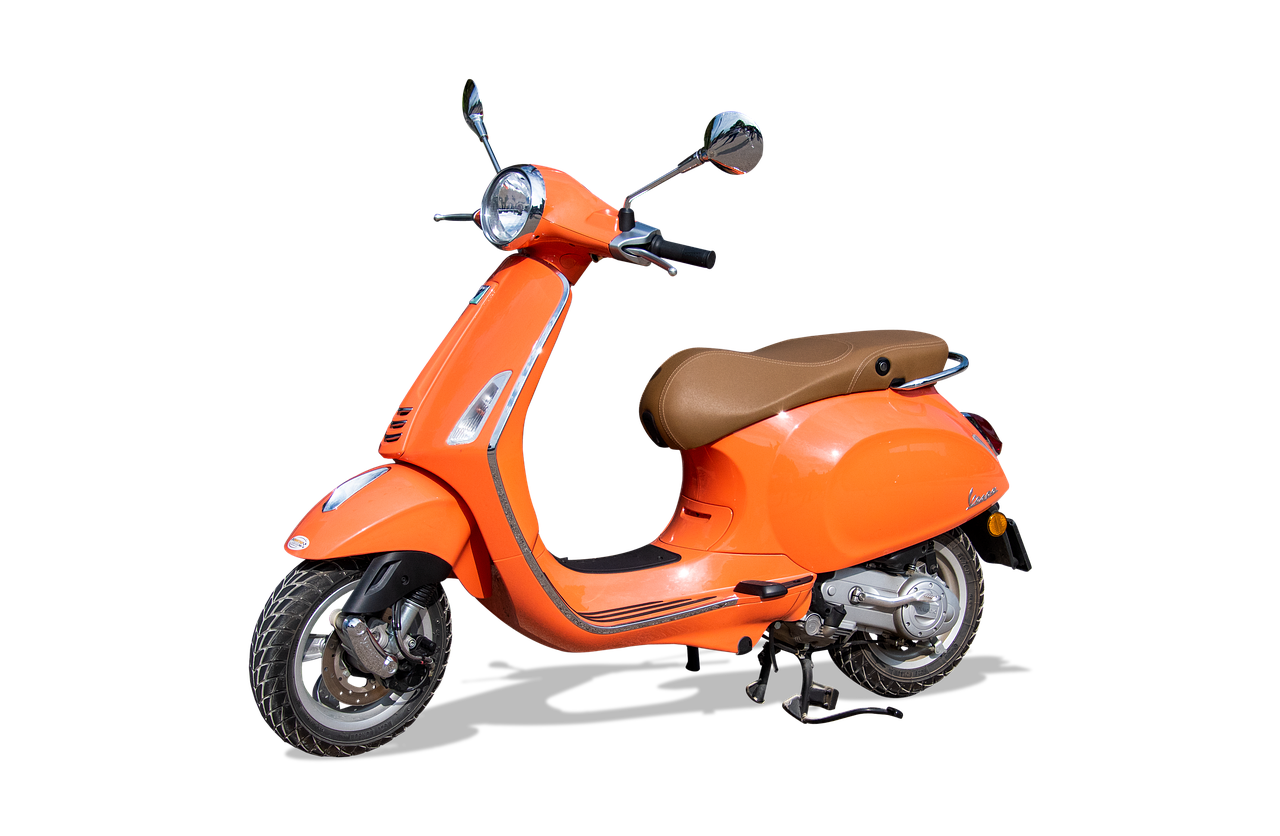
9. User Reviews and Testimonials
User Reviews and Testimonials play a crucial role in shaping the perception of electric scooter bikes. As potential buyers navigate their options, these insights from real users can illuminate the various aspects of performance, reliability, and overall satisfaction with different models.
When considering a purchase, reading user reviews can provide a wealth of information that goes beyond the manufacturer’s specifications. Reviews often highlight the real-world performance of electric scooter bikes, including their battery life, speed, and comfort during commutes. Users frequently share their experiences regarding how these scooters handle different terrains, which can be particularly helpful for those living in areas with varied landscapes.
| Aspect | User Feedback |
|---|---|
| Battery Life | Many users report that scooters with higher capacity batteries last longer than advertised, allowing for extended commutes without the need for frequent recharging. |
| Comfort | Reviews often mention the importance of seat comfort and handlebar height, which can significantly impact the riding experience, especially on longer trips. |
| Durability | Long-term users provide insights into how well their scooters withstand daily use, including exposure to weather conditions and rough handling. |
Moreover, user testimonials can reveal the strengths and weaknesses of specific models. For instance, while some users praise the speed and agility of their scooters, others may point out shortcomings in customer service or warranty support. This feedback is invaluable for potential buyers who want to make an informed decision.
In addition to individual reviews, looking for trends in user feedback can help identify which brands consistently deliver quality products. For example, if multiple users highlight a particular model’s excellent braking system or easy portability, these features may be worth prioritizing in your search.
Ultimately, user reviews and testimonials are not just opinions; they are reflections of real-life experiences that can guide prospective buyers in their decision-making process. By taking the time to read and analyze this feedback, you can enhance your chances of selecting the perfect electric scooter bike for your commuting needs.
9.1 Common Praise and Critiques
When exploring electric scooter bikes, it’s essential to consider the feedback from users. Understanding what riders commonly appreciate or criticize can provide invaluable insights into the strengths and weaknesses of various models. This knowledge is crucial for making an informed purchase decision.
| Praise | Critiques |
|---|---|
| Efficiency in Commuting: Users often praise electric scooter bikes for their ability to significantly reduce travel time in urban settings, making daily commutes more efficient. | Limited Range: Some riders express concerns about the range of certain models, noting that they may not cover longer distances without needing a recharge. |
| Eco-Friendliness: Many users appreciate the environmentally friendly aspect of electric scooter bikes, as they contribute to reduced carbon emissions compared to traditional vehicles. | Battery Longevity: Critiques often focus on battery performance over time, with some users reporting decreased capacity after extended use. |
| Cost-Effectiveness: Riders frequently highlight the cost savings associated with using electric scooter bikes, including lower maintenance and fuel costs. | Initial Investment: Some potential buyers are deterred by the upfront cost of purchasing an electric scooter bike, which can be higher than traditional bicycles. |
| Convenience and Portability: Users love the lightweight design of many electric scooter bikes, making them easy to transport and store. | Safety Concerns: There are ongoing discussions about safety, with some users feeling that certain models lack adequate safety features, such as reliable braking systems. |
By analyzing these common praises and critiques, potential buyers can better understand the nuances of different electric scooter bike models. This information not only aids in selecting the right scooter but also enhances the overall riding experience by aligning user expectations with product capabilities. Ultimately, informed choices lead to greater satisfaction and a more enjoyable commuting experience.
9.2 Long-Term User Experiences
Long-Term User Experiences play a crucial role in understanding the durability and performance of electric scooter bikes over time. With the growing popularity of these vehicles, many users share their insights based on extended use, offering potential buyers valuable information.
When considering an electric scooter bike, it is essential to look beyond initial specifications and reviews. Long-term experiences can provide a more comprehensive view of how a model performs under various conditions. Users often report on aspects such as battery longevity, motor efficiency, and overall build quality.
One of the most significant factors highlighted in user testimonials is the battery life. Many riders note how the battery performs after several months or years of use. A well-maintained battery typically retains a substantial portion of its initial capacity, while others may experience a noticeable decline. This information can help you gauge whether a particular model is worth the investment.
| User Experience Aspect | Positive Feedback | Negative Feedback |
|---|---|---|
| Battery Longevity | Maintains performance for over 2 years | Some users report rapid decline after 1 year |
| Motor Performance | Consistent speed and acceleration | Occasional overheating issues |
| Build Quality | Durable frame and components | Wear and tear on tires |
Another important aspect is the maintenance requirements over time. Users often share their experiences regarding the ease of maintenance and the availability of replacement parts. A model that is easy to maintain can significantly enhance your long-term satisfaction.
In conclusion, long-term user experiences provide invaluable insights into the reliability of electric scooter bikes. By considering these experiences, you can make a more informed decision, ensuring that your chosen model meets your commuting needs and stands the test of time.

10. Maintenance Tips for Electric Scooter Bikes
Proper maintenance is essential for the longevity and performance of electric scooter bikes. By following these maintenance tips, you can ensure your scooter remains in optimal condition and continues to provide a reliable mode of transportation.
- Regular Inspections: Conducting regular inspections of your electric scooter bike is crucial. Check the brakes, tires, and lights to identify any potential issues before they escalate. A proactive approach can save you time and money in the long run.
- Battery Care and Management: Proper battery care is vital for maximizing the lifespan of your electric scooter. Follow these guidelines:
- Charging Practices: Always use the recommended charger and avoid overcharging. A good practice is to charge your scooter when the battery level drops to around 20%.
- Storage Tips: If you plan to store your scooter for an extended period, keep the battery charged to about 50% and store it in a cool, dry place to prevent degradation.
- Tire Maintenance: Regularly check the tire pressure and tread. Properly inflated tires improve performance and safety. Replace worn-out tires to ensure a smooth ride.
- Cleaning: Keep your electric scooter clean to prevent dirt and grime from affecting its performance. Use a damp cloth to wipe down the frame and components, and avoid using high-pressure water that could damage electrical parts.
- Software Updates: If your electric scooter has smart features, regularly check for software updates. These updates can improve performance and fix bugs.
By implementing these simple yet effective maintenance tips, you can enhance the performance and lifespan of your electric scooter bike. Regular care not only ensures a safer ride but also contributes to a more enjoyable commuting experience.
10.1 Regular Inspections
Conducting regular inspections of your electric scooter bike is a vital practice that can help you identify potential issues before they escalate into significant problems. This proactive approach not only enhances your safety while riding but also ensures that your scooter operates at peak performance.
During these inspections, you should focus on several key areas:
- Brakes: Check the brake pads for wear and ensure that the braking system is functioning properly. This is crucial for your safety.
- Tires: Inspect tire pressure and tread depth. Properly inflated tires improve handling and efficiency.
- Battery: Monitor the battery’s health, including its charge level and any signs of damage or corrosion.
- Lights and Reflectors: Ensure that all lights and reflectors are working to enhance visibility, especially during night rides.
- Frame and Components: Look for any signs of wear or damage on the frame and other components, which could compromise the scooter’s integrity.
By dedicating a few minutes each week to these inspections, you can catch minor issues before they turn into costly repairs, ultimately saving you both time and money in the long run. Moreover, a well-maintained electric scooter bike will provide a more enjoyable and safer riding experience.
In conclusion, incorporating regular inspections into your maintenance routine is essential for maximizing the lifespan and performance of your electric scooter bike. This simple yet effective practice can lead to significant benefits, ensuring that your scooter remains a reliable mode of transportation.
10.2 Battery Care and Management
Battery Care and Management is an essential aspect of owning an electric scooter bike. Proper maintenance not only enhances the performance of your scooter but also significantly extends the lifespan of its battery. Understanding how to care for your battery can lead to a more enjoyable riding experience and save you money in the long run.
To maximize battery efficiency, consider the following best practices:
- Regular Charging: Always charge your battery regularly, ideally after each ride. Avoid letting it completely discharge, as this can lead to reduced capacity over time.
- Optimal Charging Conditions: Charge your battery in a cool, dry place. Extreme temperatures can negatively impact battery performance and longevity.
- Use the Correct Charger: Always use the charger that comes with your electric scooter bike. Using an incompatible charger can damage the battery.
- Avoid Overcharging: Most modern batteries have built-in protections, but it’s still wise to unplug the charger once the battery is fully charged to prevent potential damage.
- Battery Storage: If you plan to store your electric scooter for an extended period, ensure the battery is charged to about 50% and store it in a cool environment.
In addition to these practices, monitoring your battery’s health is essential. Many electric scooters come equipped with battery management systems that provide insights into battery status. Regularly check for any unusual behavior, such as decreased range or longer charging times, as these can be indicators of battery issues.
By adhering to these battery care guidelines, you can ensure that your electric scooter bike remains reliable and efficient, providing you with a smooth and enjoyable ride for years to come.
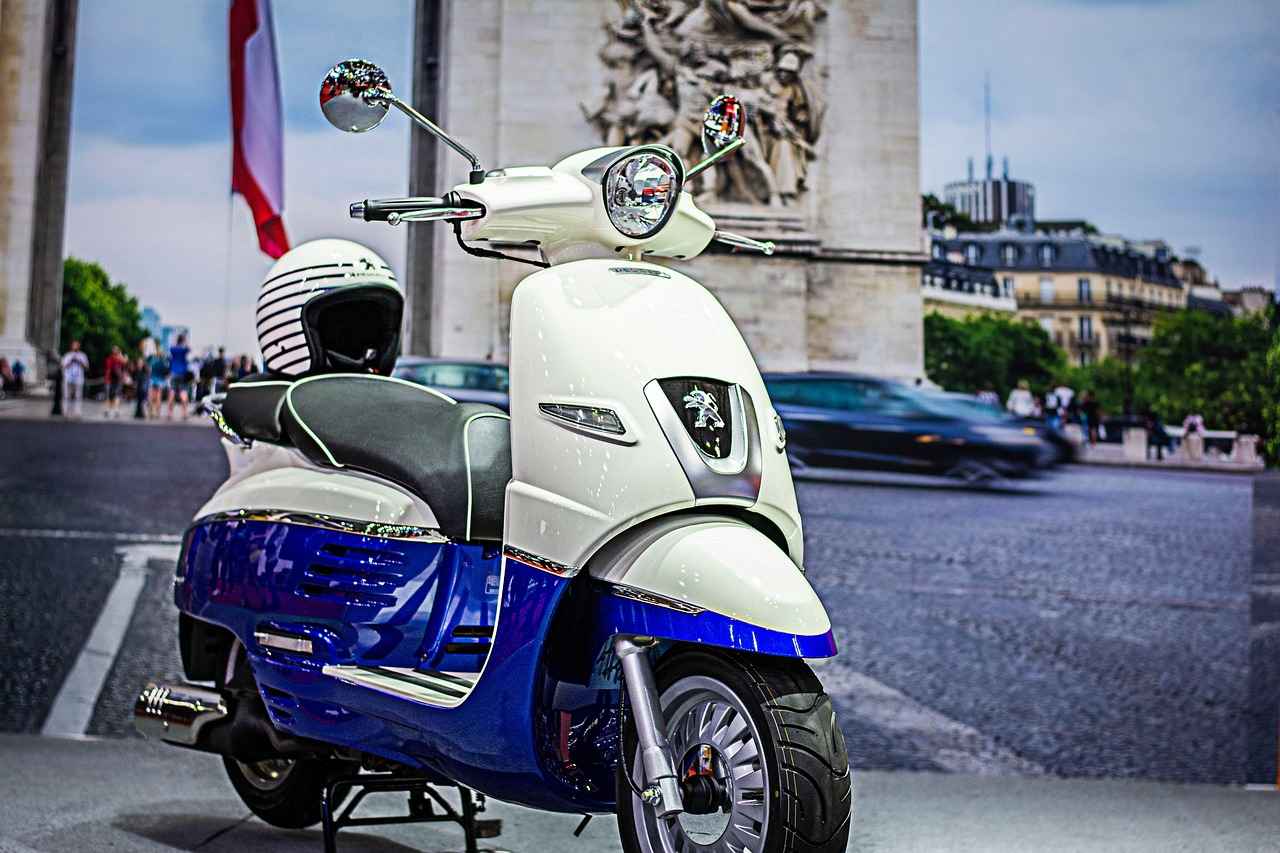
11. Electric Scooter Bike Accessories
Enhancing your electric scooter bike experience can be achieved through a variety of accessories designed to improve comfort, safety, and utility. By understanding the options available, you can customize your ride to suit your personal needs and preferences.
When it comes to electric scooter bike accessories, there are several categories to consider:
- Safety Gear
- Storage Solutions
- Performance Enhancements
- Comfort Accessories
Investing in quality safety gear is crucial for any electric scooter bike rider. Essential items include:
- Helmets: A well-fitted helmet can significantly reduce the risk of head injuries.
- Reflective Clothing: Wearing reflective gear enhances visibility, especially during low-light conditions.
- Protective Pads: Knee and elbow pads can provide additional protection against falls.
To make your commuting experience more practical, consider adding storage solutions:
- Baskets: Front or rear baskets can hold personal items securely while riding.
- Backpacks: Specialized backpacks designed for scooters can offer convenience without compromising balance.
- Side Pouches: These can be attached to the scooter for easy access to essentials.
To boost your scooter’s performance, consider the following accessories:
- Upgraded Tires: High-quality tires can improve grip and stability on various terrains.
- Enhanced Batteries: Investing in a high-capacity battery can extend your range and reduce charging time.
For a more enjoyable ride, think about adding:
- Saddle Cushions: Comfortable seat cushions can help reduce discomfort during longer rides.
- Handlebar Grips: Ergonomic grips can enhance control and reduce hand fatigue.
In conclusion, by selecting the right accessories for your electric scooter bike, you can significantly enhance your riding experience. Whether it’s improving safety, increasing storage capacity, or adding comfort, the right accessories can make all the difference in your daily commute.
11.1 Safety Gear
Safety Gear: Essential for Electric Scooter Commuting
When it comes to commuting on electric scooters, investing in safety gear is not just a recommendation; it is an essential aspect of ensuring a safe and enjoyable ride. Accidents can happen unexpectedly, and being prepared with the right equipment can significantly reduce the risk of injury.
One of the most important pieces of safety gear is a helmet. Wearing a helmet can protect your head in case of a fall or collision. Studies show that helmets can reduce the risk of head injuries by up to 70%. It’s crucial to choose a helmet that meets safety standards and fits properly for maximum protection.
In addition to helmets, reflective clothing plays a vital role in enhancing visibility, especially during low-light conditions. Wearing bright colors and reflective materials can make you more noticeable to drivers and other road users, thereby reducing the likelihood of accidents. Incorporating reflective gear into your commuting wardrobe is a simple yet effective way to improve safety.
| Type of Safety Gear | Benefits |
|---|---|
| Helmet | Protects the head from injuries during falls or collisions. |
| Reflective Clothing | Increases visibility in low-light conditions. |
| Knee and Elbow Pads | Provides cushioning and protection for joints during falls. |
Moreover, additional accessories such as knee and elbow pads can provide extra cushioning and protection for your joints in the event of a fall. These pads are especially beneficial for new riders who may be more prone to accidents as they learn to navigate their scooters.
Ultimately, the investment in safety gear is a small price to pay for the peace of mind it brings. By prioritizing safety, you can enjoy your electric scooter commuting experience while minimizing risks. Remember, safety should always come first!
11.2 Storage Solutions
Storage solutions, such as baskets and bags, are essential accessories for electric scooter bikes that significantly enhance their practicality. These items provide a convenient way to transport personal belongings during commutes, making them an indispensable part of the riding experience.
When commuting in urban environments, having a reliable storage solution can make a world of difference. Electric scooter bikes are designed for efficiency, and adding storage options allows riders to carry essentials like laptops, groceries, or gym gear without hassle. This functionality not only improves the overall experience but also encourages more people to adopt scooters as their primary mode of transport.
- Baskets: These are typically mounted on the front or rear of the scooter and offer ample space for carrying items. They come in various styles and materials, allowing riders to choose one that suits their aesthetic and practical needs.
- Storage Bags: Available in different sizes, storage bags can be attached to the scooter frame or worn as backpacks. They are ideal for securing smaller items and often feature waterproof materials to protect contents from the elements.
- Under-Seat Storage: Some electric scooter bikes come with built-in under-seat compartments, providing a discreet and secure place to store valuables.
Additionally, investing in storage solutions can enhance safety. By properly securing items, riders reduce the risk of objects falling off during rides, which can lead to accidents. Moreover, having designated storage areas helps maintain the scooter’s balance and stability, ensuring a smoother ride.
In conclusion, the integration of storage solutions into electric scooter bikes not only boosts their functionality but also makes commuting more enjoyable and efficient. As urban mobility continues to evolve, the importance of these accessories will only grow, making them a worthwhile investment for any scooter enthusiast.
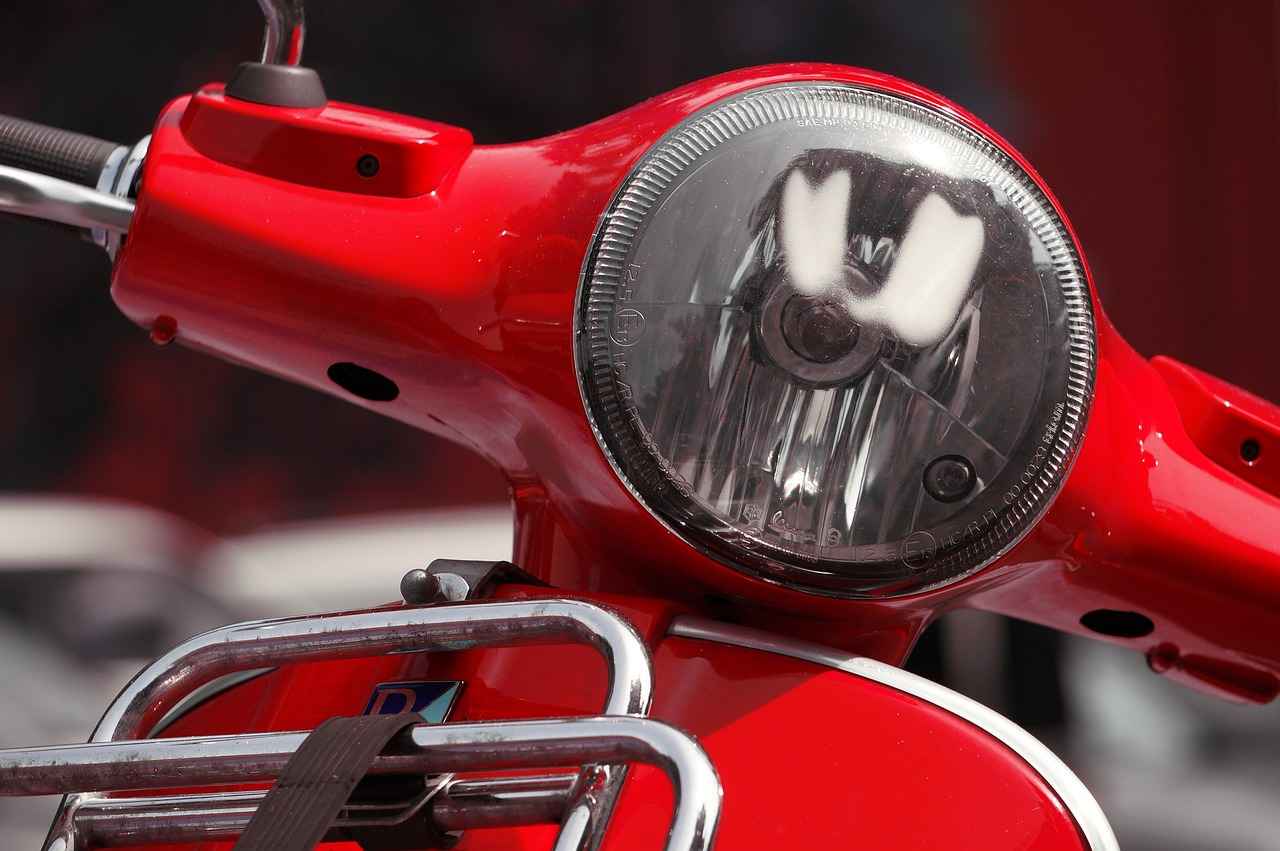
12. Conclusion: Embracing the Electric Scooter Bike Revolution
Electric scooter bikes are revolutionizing urban commuting, offering a blend of convenience, eco-friendliness, and efficiency. As cities become more congested and environmental concerns rise, these innovative vehicles present a practical solution for modern transportation needs. By exploring their features and benefits, riders can make informed choices that align with a sustainable lifestyle.
Electric scooter bikes are a fusion of traditional bicycles and electric power, designed specifically for urban environments. They allow riders to navigate through traffic easily, reducing commute times while minimizing their carbon footprint.
- Battery Capacity: The power source for electric scooter bikes, typically lithium-ion, determines how far you can travel.
- Motor Power: Ranging from 250W to 750W, motor power affects both speed and acceleration, providing options for different riding styles.
- Design: Aerodynamic shapes and lightweight materials enhance maneuverability and comfort.
When considering an electric scooter bike, safety should be a priority. Look for models equipped with:
- Reliable Braking Systems: Options like disc brakes ensure effective stopping power.
- Visibility Enhancements: Built-in lights and reflectors improve safety during night rides.
Electric scooter bikes significantly contribute to reducing urban pollution. By choosing this mode of transport, riders can:
- Decrease Carbon Emissions: They offer a cleaner alternative to gas-powered vehicles.
- Alleviate Traffic Congestion: Fewer cars on the road lead to smoother traffic flow.
While the initial investment in an electric scooter bike may seem high, the long-term savings are considerable:
- Lower Maintenance Costs: With fewer moving parts than cars, maintenance is simpler and cheaper.
- No Fuel Expenses: Charging costs are significantly lower than traditional fuel costs.
To find the perfect electric scooter bike, consider your commuting needs, including distance, terrain, and personal preferences. Researching various models and reading user reviews can aid in making an informed decision.
In conclusion, electric scooter bikes are not just a trend; they represent a transformative shift in urban commuting. By understanding their features, benefits, and potential for a sustainable future, riders are well-equipped to embrace this innovative mode of transport. As cities continue to evolve, electric scooter bikes will play a pivotal role in shaping a greener and more efficient urban landscape.
Frequently Asked Questions
- What is the average range of an electric scooter bike?
The average range of an electric scooter bike typically falls between 20 to 40 miles on a single charge, depending on the battery capacity and riding conditions.
- How long does it take to charge an electric scooter bike?
Charging times can vary, but most electric scooter bikes take anywhere from 4 to 8 hours to fully charge. Some models even offer fast charging options that can significantly reduce this time.
- Are electric scooter bikes safe to ride?
Yes, electric scooter bikes can be safe to ride, especially when equipped with essential safety features like reliable braking systems, lights, and reflectors. Wearing safety gear, such as helmets, is also highly recommended.
- What are the maintenance requirements for electric scooter bikes?
Maintenance is relatively low, primarily involving regular inspections, battery care, and tire maintenance. Keeping your scooter clean and checking the brakes and lights can enhance safety and performance.
- Can I ride an electric scooter bike in the rain?
Many electric scooter bikes are designed to be water-resistant, but it’s best to avoid riding in heavy rain. Always check the manufacturer’s specifications regarding weather resistance before hitting the road.
- Are there any age restrictions for riding electric scooter bikes?
Age restrictions vary by location, with some regions requiring riders to be at least 16 or 18 years old. Always check local laws to ensure compliance.

